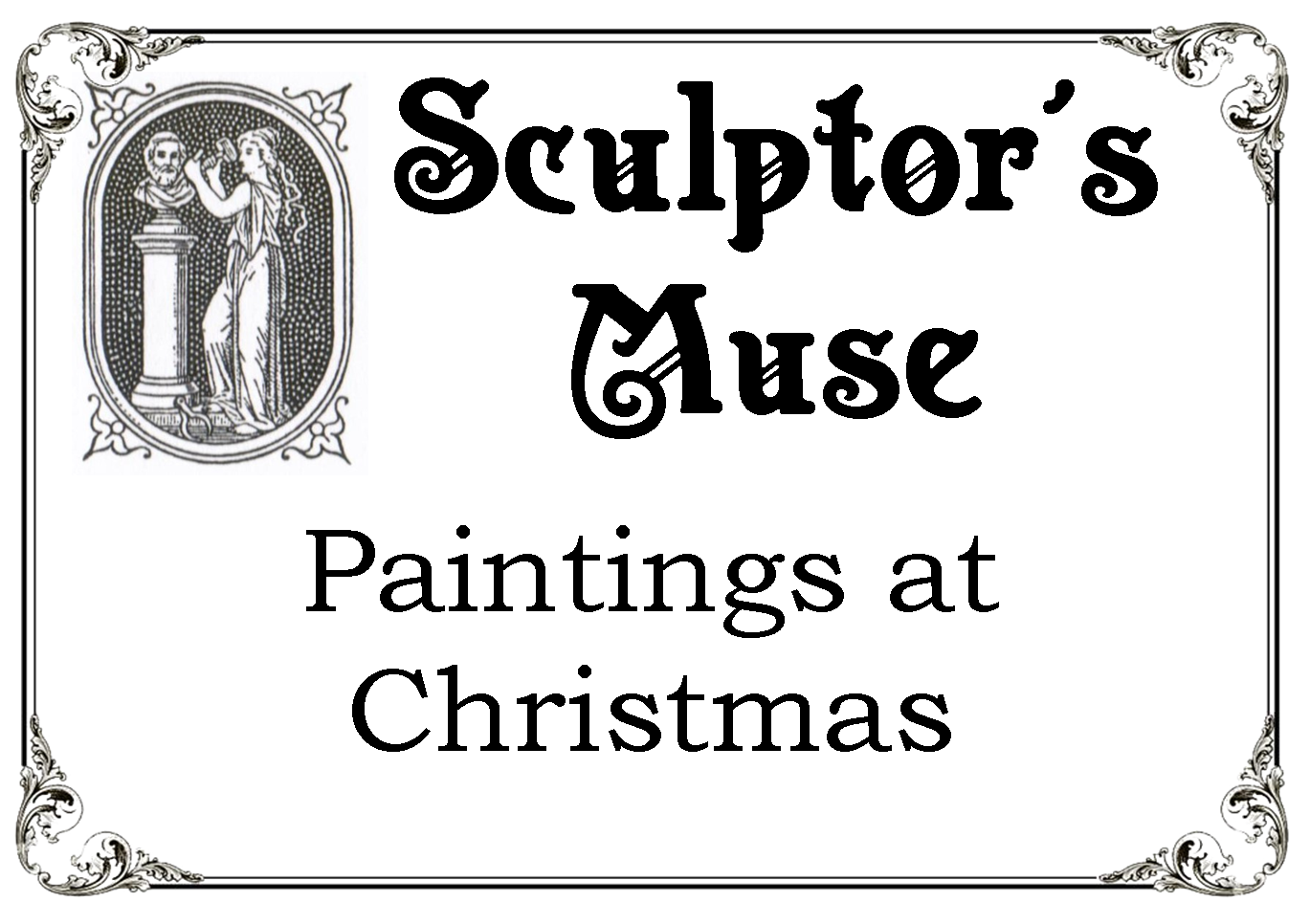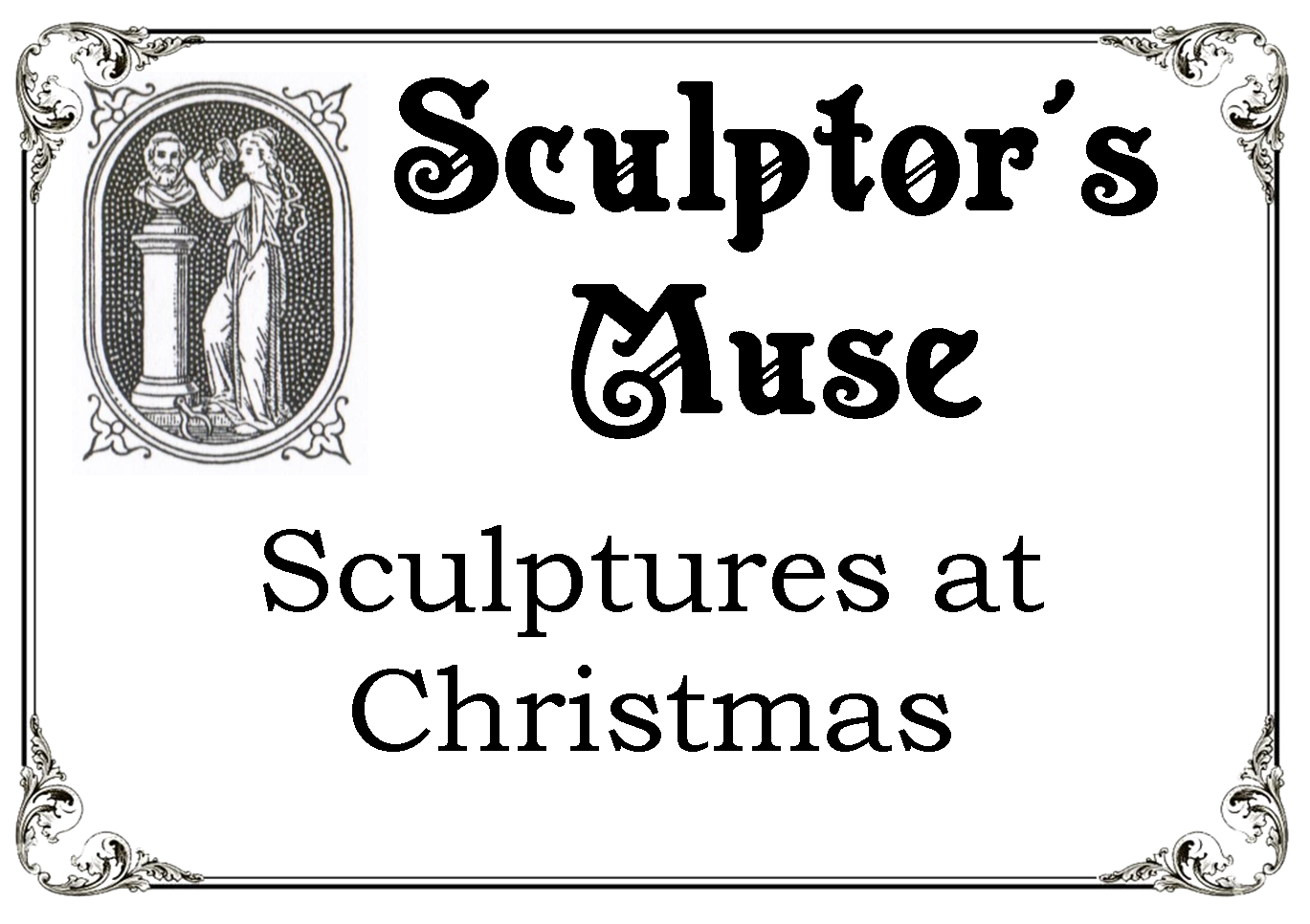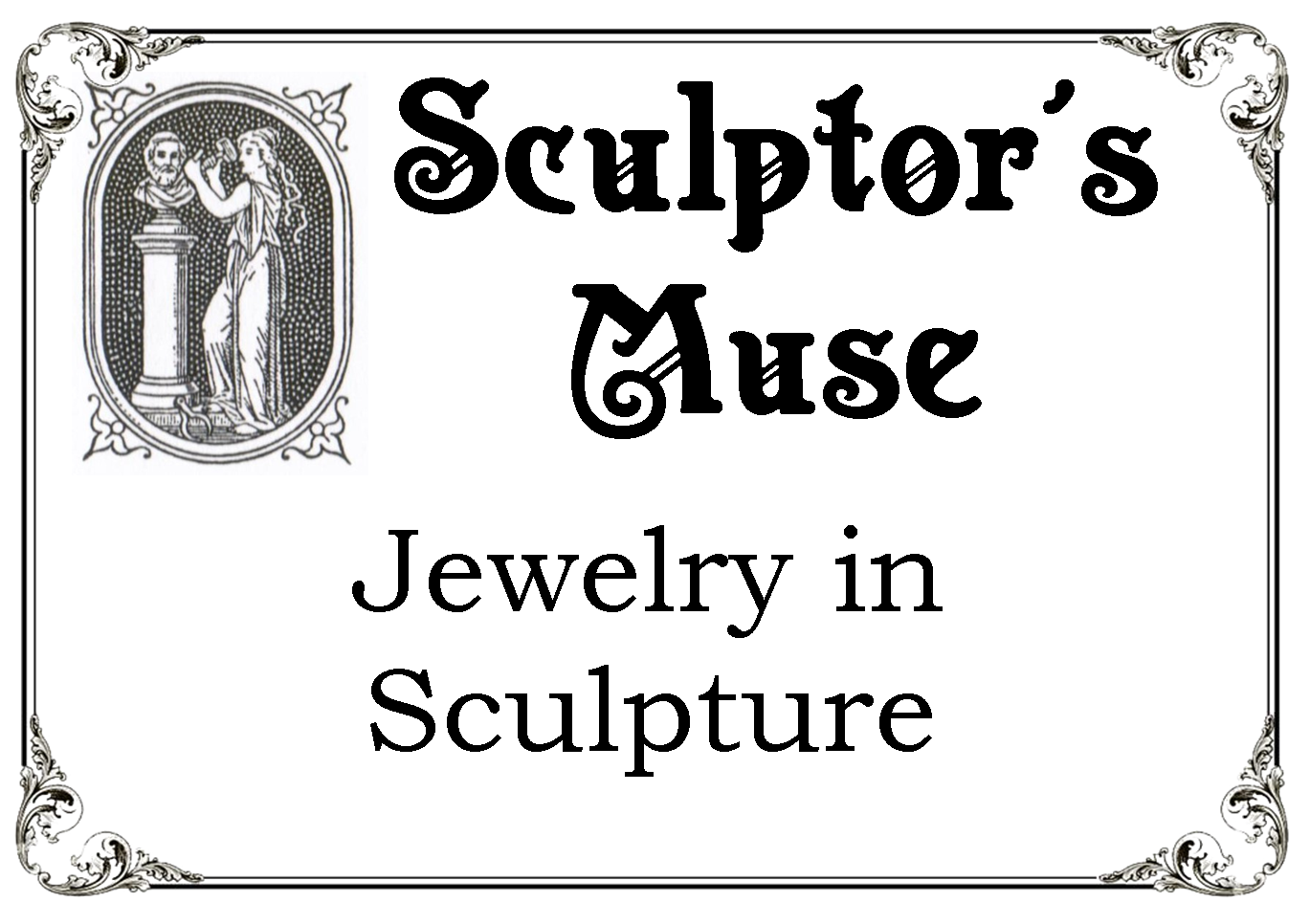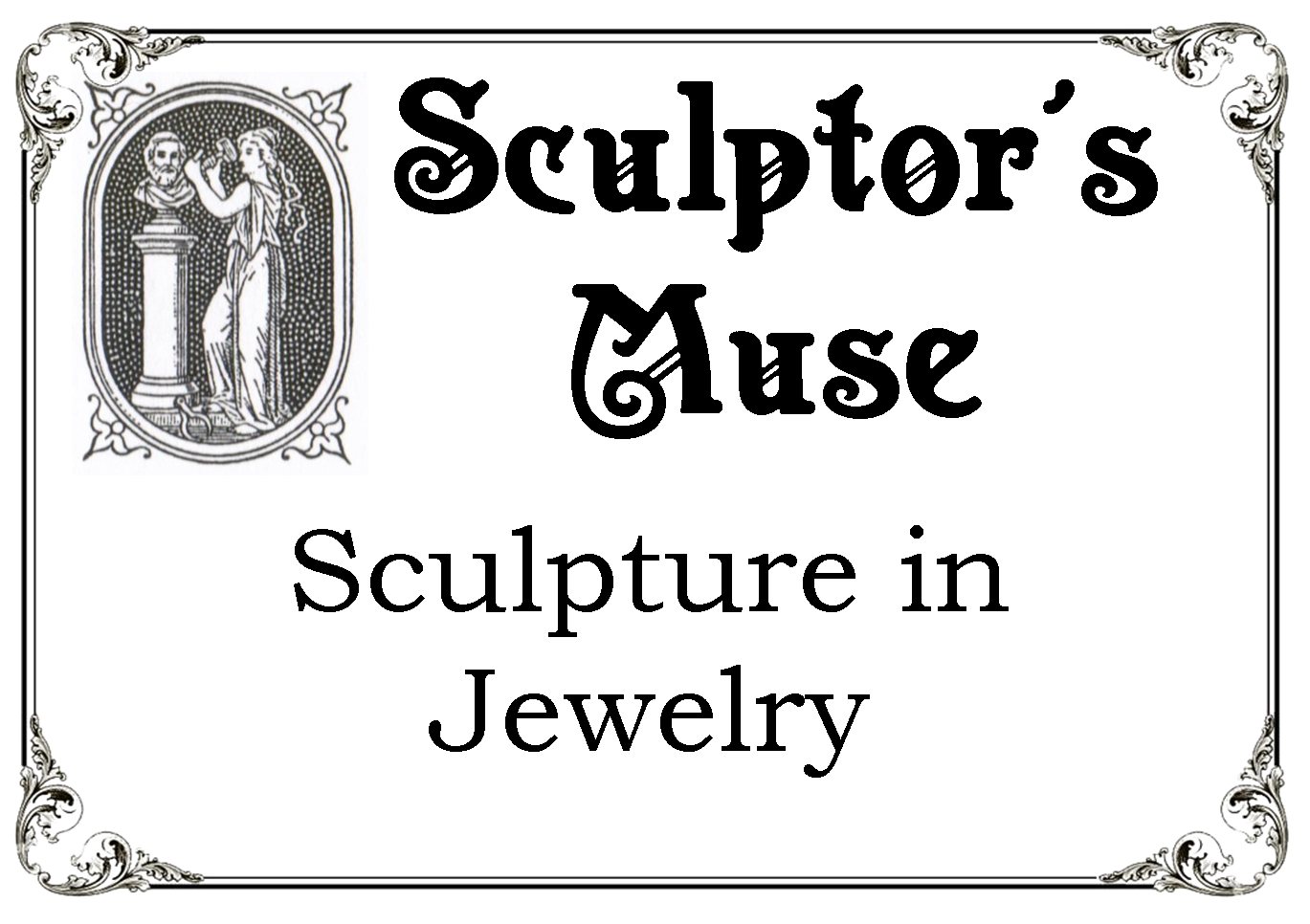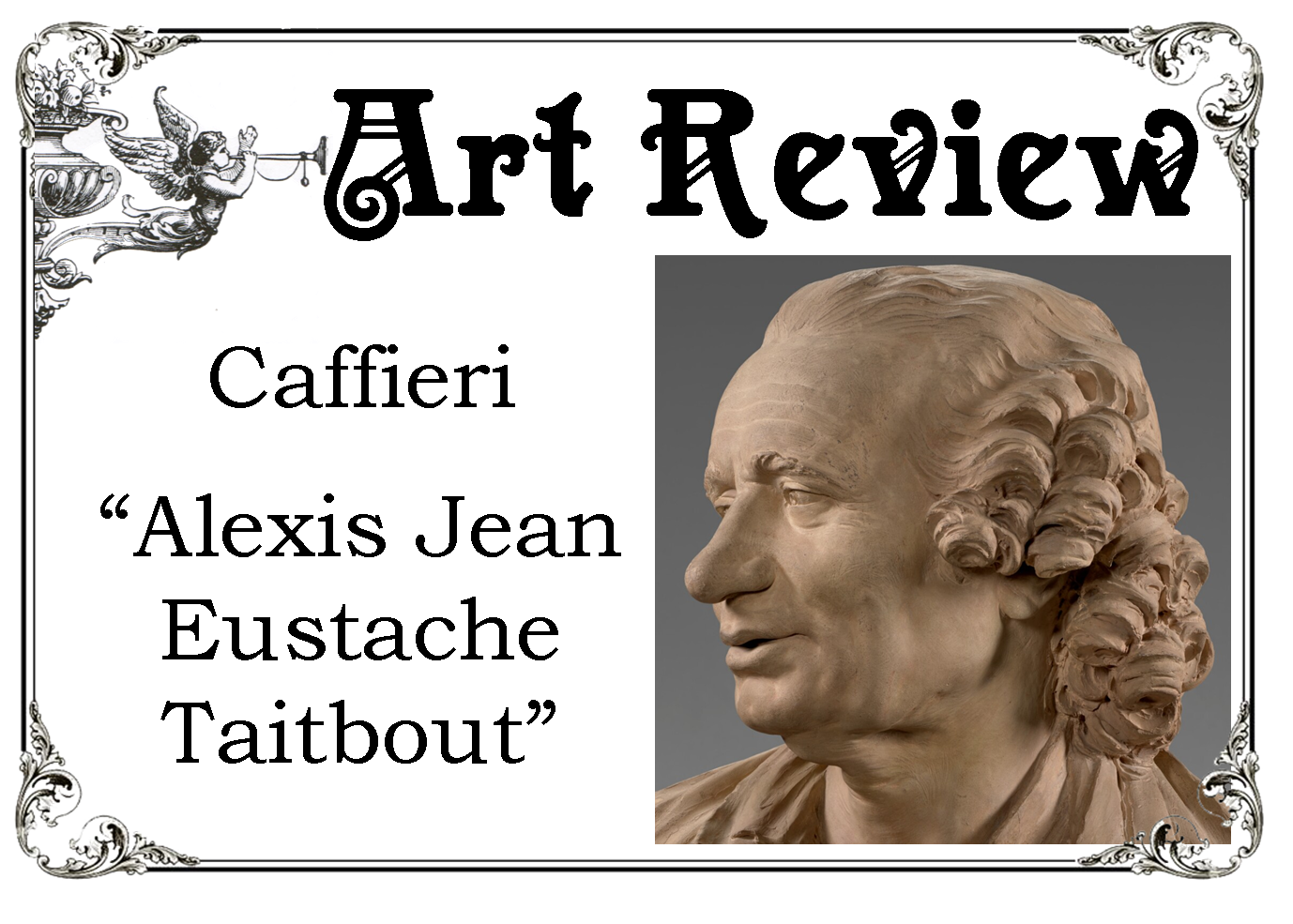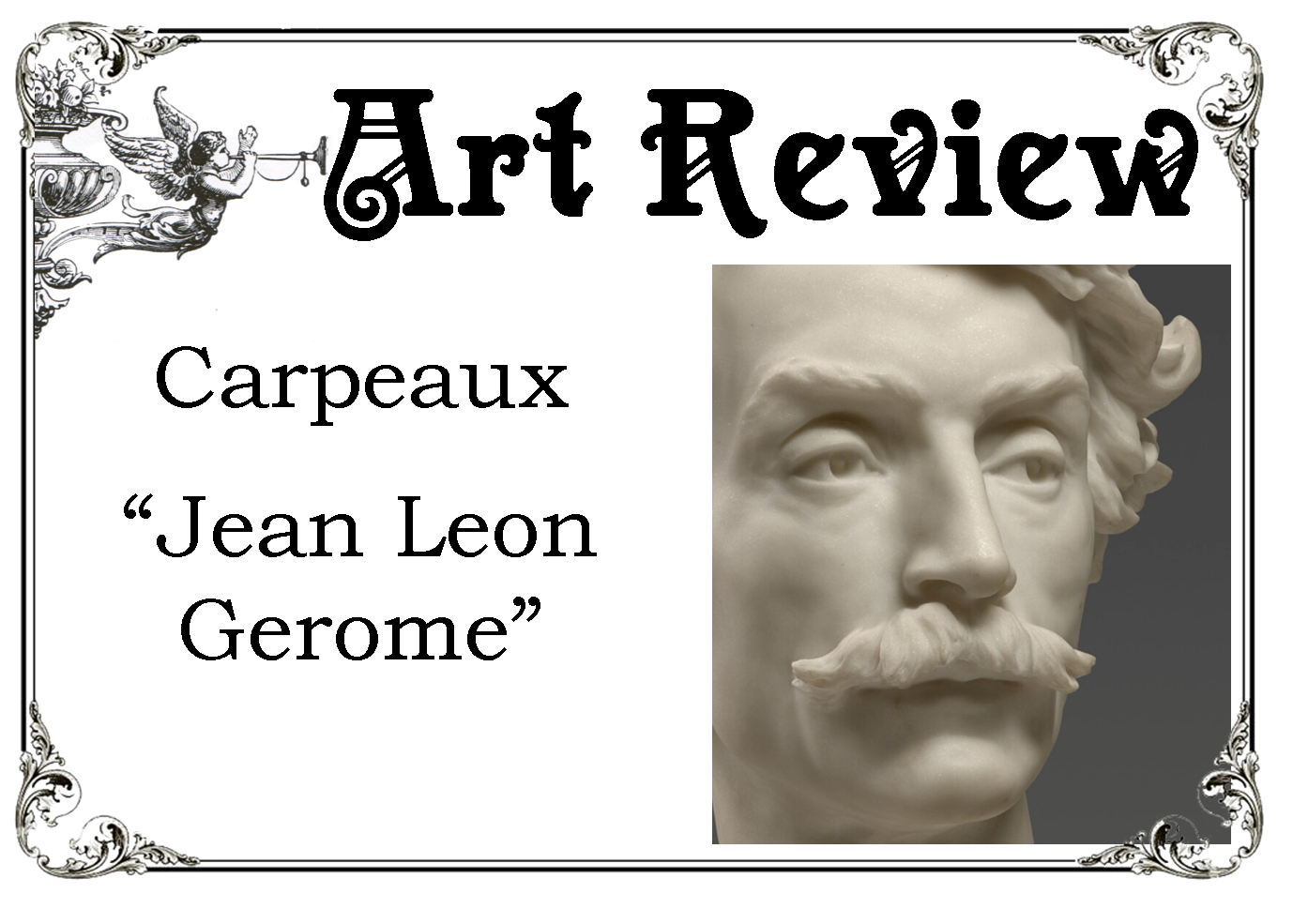
Building the Studio
Every artist has a studio, even it’s a corner of a room that has your supplies and a small working space. I think the fact is that artists have to create, and will find a way and a space to do so. There have been times I have moved into our living room or dining room, shoving furniture into other parts of the house so I could have the extra space I needed when working on multiple projects. For the artist, living space comes second to studio space.
Space to work
That being said, there are several things I have discovered about artists studios, the first thing being that our studios are never big enough. If you are preparing to build your own studio, take my advice, and go as large as your space and finances can take you! This is especially true for sculptors. Not only do we need working space, but storage space for clay, equipment (kilns, welders, grinders, turntables, tools, etc) but also you can’t stack up sculptures like you can paintings, frames or drawings.
Where did I put that?
The second thing is organization! Difficult for some, but keeping a studio organized keeps an artist more productive, not wasting time trying to find ‘that tool’. The first few moments I spend in my studio in the morning is making sure things are in their place and removing any ‘visual clutter’. For sculptors there is the ever present bits of clay everywhere. I have found that keeping a bucket with a couple of inches of water nearby makes a great place to dump the clay bits as I’m working on them. At the end of the day (or the next morning) dump the water out and wedge the clay up. Usually letting it dry a bit and then wedging again periodically until it reaches the consistency you like and then wedging it into softball size masses you can place them in a plastic clay bag (another ubiquitous member of visual clutter in a sculptor’s studio).
When I have to move into a room in my house for more studio space, I will work with a sheet on the floor, and at the end of the day take up the sheet, empty the clay bits in a bucket with water, shake out the dust and replace the sheet. This helps me from tracking clay to other parts of the house as well.
Let there be light!
Third: Lighting is essential to all artists, as a sculptor I love natural light and have a lot of windows in my studio, along three walls in fact. But I also use spot lights or floods to direct light specifically on various angles of a sculpture. Lighting will help to reveal any inconsistencies in the figure I am sculpting. Unlike painters who truly need northern light and Ott lights, a sculptor isn’t working in color so much but in shape, so using lighting (natural or directed) to reveal your sculpted shape from any angle is a must.
Accessorize
And lastly, a few accessories that have helped to make my studio more efficient. I use a large mirror on one wall, this allows me to look at the sculpture and see the back of it in the mirror at the same time, so I constantly have two views to study. This also works well with models, I can see the front and the back of them through the use of a mirror. For sculptors I would place a mirror right up there as a priority for the studio. I also recommend a quality air filter and lots of good ventilation, especially if your kiln is in the studio with you. A shelf for all your notebooks, sketchbooks and art books, this keeps them from taking up work space and you can easily reference what you need. In my case, it is many shelves, but it is nice to have all my resources at my fingertips. Having a small area in your studio where you can sit, study your books and see your work all at once is very nice. (a place to set coffee cups: essential)
To wrap it all up, remember that beauty strengthens the soul, in creating works of beauty, be surrounded by beauty. Your works, music that inspires you (or just opening the windows and listening to the birds), a fountain, some ivy (provided you remember to water the darn thing!) all can contribute to making the studio a pleasant place to sit as well as a place to create.
“Sculpture is hard, brutal labor. One should not become an artist because he can, but because he must. It is only for those who would be miserable without it.”
— Irving Stone, “The Agony and the Ecstasy”
#quotes #studio
To leave a comment you must be logged into Facebook on your device.







